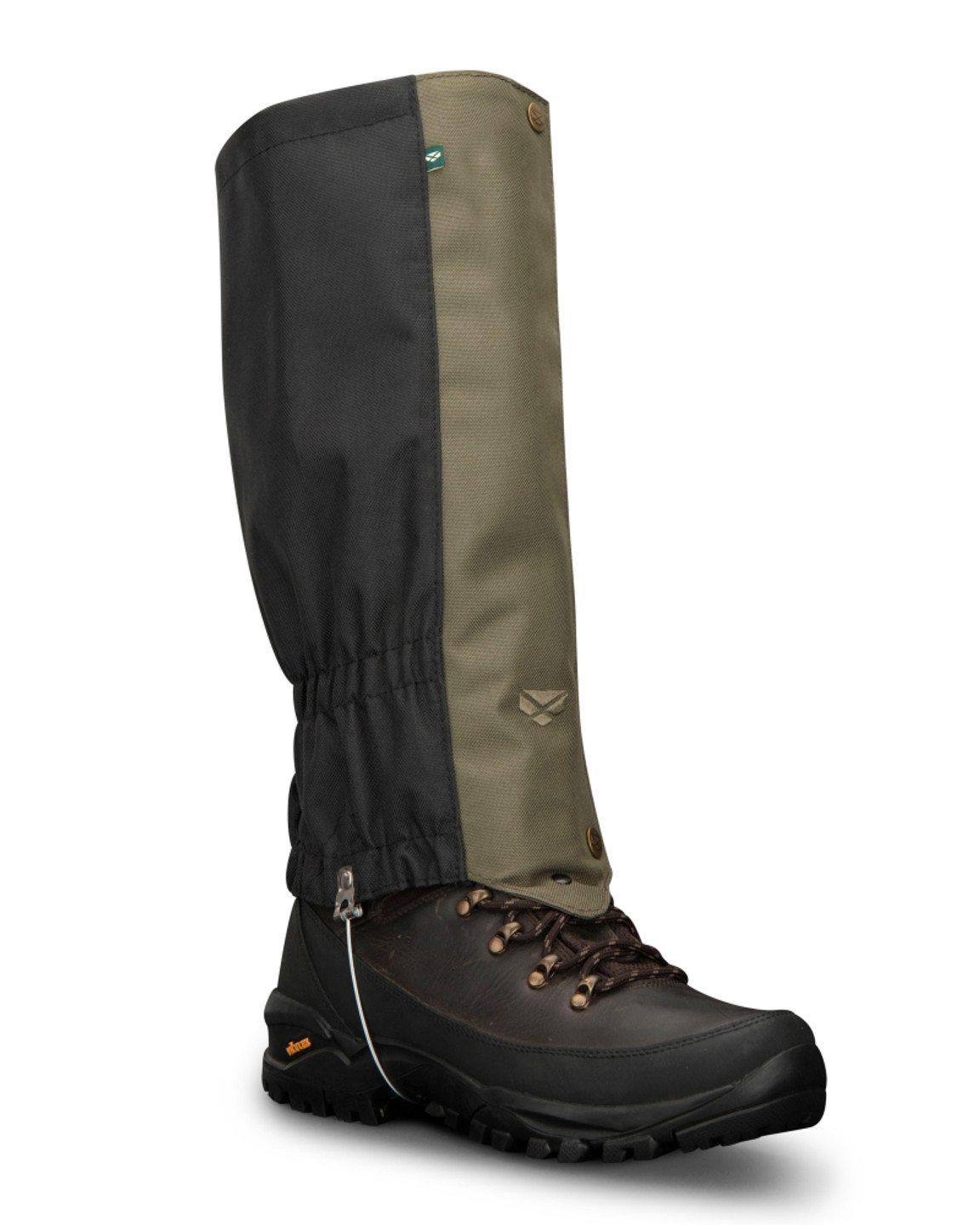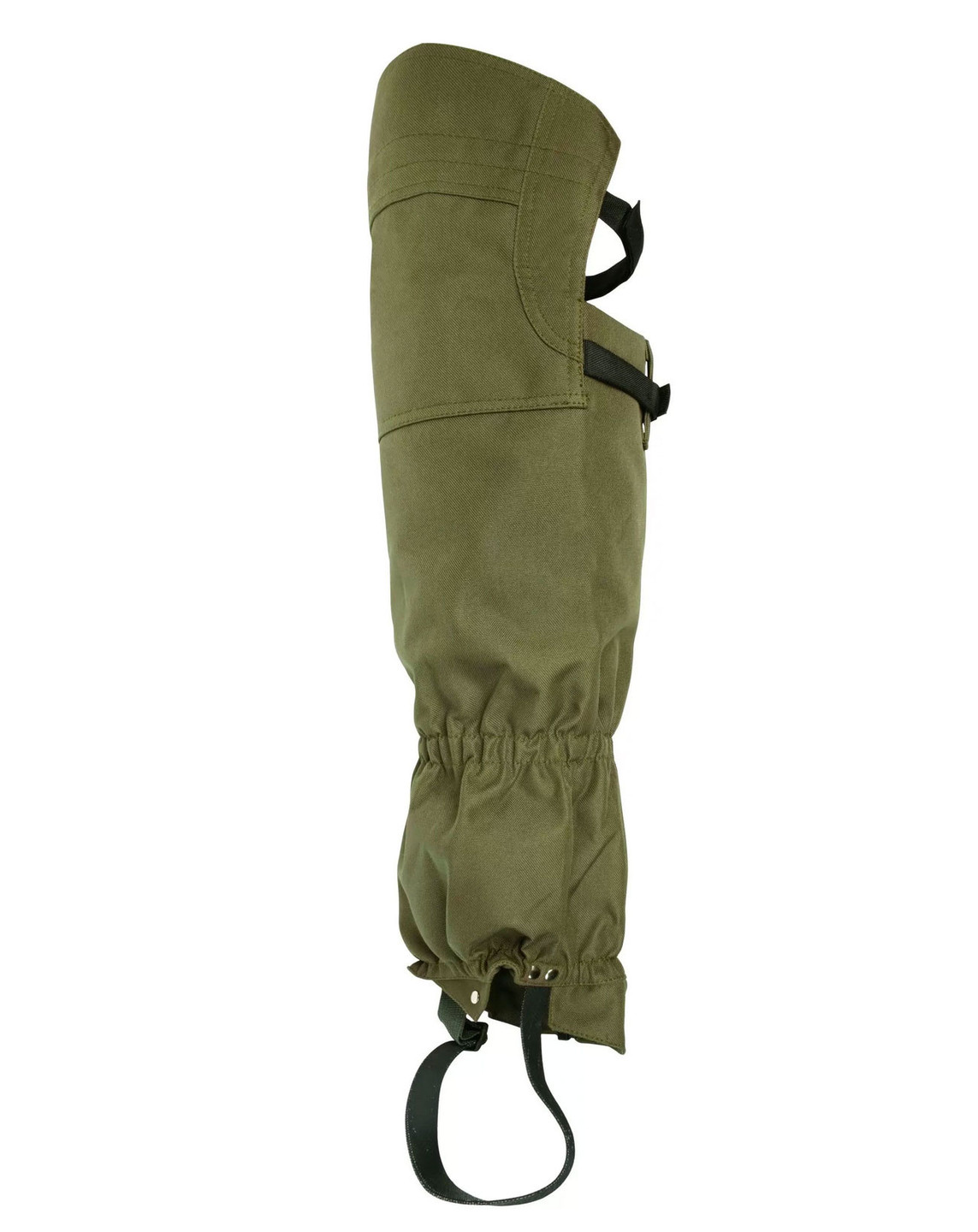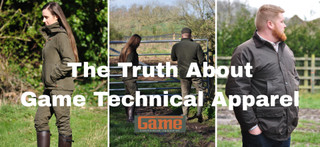Filter by Topic:
Posted by Bethan Bithell on Jun 09, 2023

The Ultimate Guide to Gaiters: Choosing and Wearing the Right Pair for Your Adventures
Gaiters are an essential piece of gear for outdoor enthusiasts, providing protection for your feet, ankles, and lower legs from moisture, debris, and other potential hazards. In this comprehensive guide, we'll cover everything you need to know about choosing and wearing the right pair of gaiters for your outdoor adventures. Let's dive in!
Table of Contents
- Introduction to Gaiters
- Types of Gaiters
- Selecting Gaiters Based on Activity
- Gaiter Height and Sizing
- Key Gaiter Features
- Fabric and Material Choices
- Closure Systems
- Gaiter Maintenance and Care
- Tips for Wearing Gaiters
Introduction to Gaiters
Gaiters are protective coverings worn over the tops of your footwear and the lower part of your legs, designed to keep out water, snow, mud, and debris. They can be invaluable in a variety of outdoor activities, including hiking, mountaineering, shooting, and more.
The primary function of gaiters is to keep your feet dry and comfortable, preventing moisture and debris from entering your shoes or boots. In addition, gaiters can also protect your legs from scratches and abrasions caused by rocks, branches, and thorny vegetation.
Types of Gaiters
There are several types of gaiters, each designed for specific outdoor activities and conditions. Some of the most common types include:
Hiking Gaiters
These gaiters are lightweight and breathable, designed for mild-weather walking and hiking. They offer basic protection against small rocks, dirt, and light rain. Some hiking gaiters are fully waterproof for added protection against wet conditions.
Recommendation: Hoggs of Fife Field and Trek Gaiters
Mountaineering Gaiters
Designed for more challenging outdoor pursuits, mountaineering gaiters provide heavy-duty protection and insulation for extended trips in harsh conditions. They typically feature waterproof, breathable fabrics to protect against rain, snow, and ice. Mountaineering gaiters are also suitable for ice climbing, skiing, and snowshoeing.
Recommendation: Bonart Wrenbury
Trail Running Gaiters
Trail running gaiters are lightweight and compact, designed to keep debris out of your shoes while running on trails. These gaiters are not typically waterproof, but their primary purpose is to prevent dirt, rocks, and other debris from entering your shoes.
Selecting Gaiters Based on Activity
When choosing gaiters, it's essential to consider the type of activity you'll be engaging in and the conditions you'll likely encounter. Here are some recommendations for selecting gaiters based on various outdoor pursuits:
Walking and Hiking
For walking on established trails and footpaths, choose lightweight, waterproof, and breathable gaiters that offer protection against small rocks, rain, and mud.
Mountaineering and Ice Climbing
For more challenging activities like mountaineering and ice climbing, opt for heavy-duty gaiters made from durable materials that can withstand harsh conditions and provide added insulation.
Recommendation: Highlander Cuillin Gaiters
Adventure Sports and Trail Running
When participating in adventure sports like fell running or mountain biking, select shorter, lightweight gaiters that provide ample flexibility and protection against debris without restricting movement.
Hunting and Shooting
For activities like hunting, shooting, or hiking through rough terrain, choose gaiters made from durable, tear-resistant materials that can withstand the rigours of brambles, heather, and nettles. Explore our full range of shooting gaiters here.
Recommendation: Percussion Stronger Hunting Gaiters
General Wear and Work
If you want gaiters for general wear or work purposes, such as gardening or forestry, opt for lightweight gaiters that allow for easy movement while offering protection to your trouser legs.
Recommendation – Hoggs of Fife Field & Trek Gaiters
Gaiter Height and Sizing
Gaiter height plays a crucial role in determining the level of protection they provide. There are three primary options when it comes to gaiter heights:
Over-the-Ankle Gaiters
Low-profile gaiters that cover the top of your footwear and the bottom of your trousers, over-the-ankle gaiters are ideal for trail walking or working outdoors in dry conditions. These gaiters are lightweight and designed to keep out small stones, debris, and rain.
Mid-Calf Gaiters
Mid-calf gaiters, measuring 8 to 12 inches in height, are suitable for rainy days or less extreme conditions when you need to keep trail debris and rain out of your boots. These gaiters work well with hiking boots or walking shoes.
Knee-High Gaiters
Knee-high gaiters, generally 15 to 18 inches tall, are designed for rugged conditions and offer the best protection against water, wet conditions, and debris. These gaiters are popular among serious hikers, providing comprehensive coverage for the lower parts of your legs.
Muscular or large calves
Traditional gaiters may not be wide enough to comfortably fit those of us with larger calves. If this is the case, a solution may be the Mudlock big calf gaiters. These are now available in a ‘Big Calf’ size and measure 50 cm in circumference – these gaiters fit muscular or chunky calves. Made from tough duck cotton canvas, these gaiters are great as protection from brambles and wet bushes or when out mountaineering in deep snow.
Key Gaiter Features
When selecting gaiters, consider the following key features that can impact their performance, durability, and comfort:
Waterproofing
Opt for waterproof gaiters if you plan to encounter wet or snowy conditions during your outdoor activities. Waterproof gaiters will keep moisture out, ensuring your feet remain dry and comfortable.
Insect Repellent
Some gaiters are treated with insect repellent to help keep mosquitoes, ticks, and other biting insects at bay. This can be particularly useful when hiking or backpacking in areas with a high concentration of insects.
Abrasion-Resistant Fabric
Choose gaiters with tough, abrasion-resistant fabric on the lower portion, especially for mountaineering or other activities where durability is crucial. This fabric can withstand ice, rocks, and occasional contact with crampon points.
Fabric and Material Choices
Gaiters are typically made from various synthetic materials, each offering different levels of protection, durability, and breathability. Some common fabric choices include:
Ripstop Polyester
Ripstop polyester is a robust fabric designed to resist tearing, making it an excellent choice for gaiters used in rugged conditions or for activities where durability is essential.
Duck Cotton Canvas
Duck cotton canvas is a heavy-duty material suitable for tough jobs or activities that require protection against rough terrain, such as hunting or mountaineering.
Cordura
Cordura is a highly resistant fabric that offers excellent protection against abrasions, making it a popular choice for the boot section of gaiters.
Closure Systems
Gaiters come with various closure systems, including zippers, hook-and-loop fasteners, velcro and snaps. Consider the following when choosing a closure system:
Ease of Use
In cold or wet conditions, zippers can be challenging to manipulate with cold hands. Hook-and-loop closures are generally quicker and easier to put on and remove, even in extreme conditions.
Underfoot Closure Options
Underfoot closures, such as hook-and-bungee, lace, or strap systems, help secure the gaiter to your footwear and prevent snow or mud from entering the gap between the gaiter and the boot. Consider the lifespan and ease of replacement for these closure systems when making your decision.
Gaiter Maintenance and Care
To prolong the life of your gaiters and ensure optimal performance, follow these maintenance and care tips:
- Inspect your gaiters regularly, checking for signs of wear or damage to the stirrup straps, zippers, and adjustable straps.
- Clean your gaiters after each use, wiping the exterior surface with a cloth and warm water.
- Use a waterproofing spray to maintain and reproof the surface of your gaiters, ensuring they continue to provide protection against moisture.
Tips for Wearing Gaiters
To get the most out of your gaiters and ensure they provide the best possible protection, keep the following tips in mind:
- Always wear gaiters on the outside of your trouser legs to prevent moisture from seeping into your boots.
- In heavy rain, try wearing your gaiters underneath your waterproof trousers to create a shingled effect that effectively sheds water.
- Keep a pair of gaiters in your backpack or bag for easy access in case of sudden weather changes or encounters with wet, muddy, or debris-filled terrain.
With this comprehensive guide to gaiters, you should now have the knowledge and confidence to choose and wear the perfect pair for your outdoor adventures.
If you have never worn them before, and are not sure how to put them on, then do check out our latest video here!
Click here to see the full collection.
Happy trails!
RELATED ARTICLE: How to put on walking gaiters effortlessly!
[Updated]



